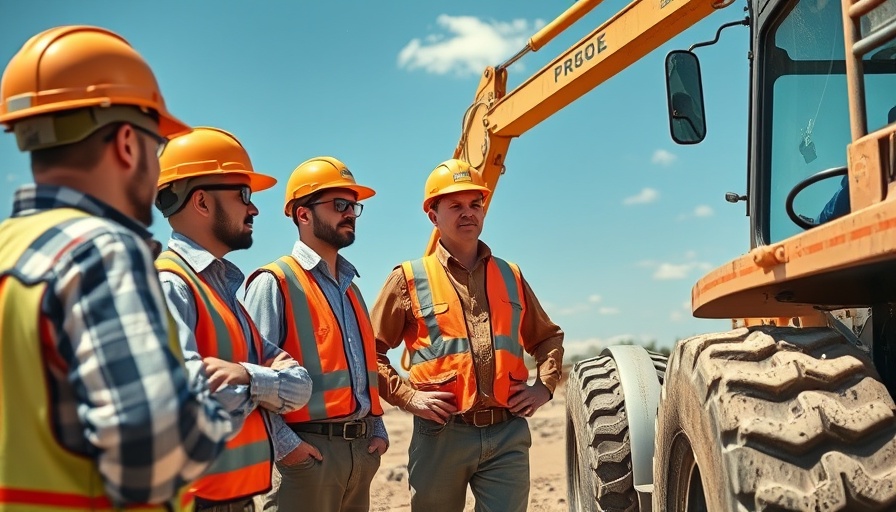
The Construction Workforce Crisis: A Growing Concern
As contractors across the nation grapple with escalating demands for construction services, a pressing issue has come to the forefront: the severe shortage of skilled labor. The construction sector is not just on the brink of a workforce crisis; it is already experiencing the impacts. A report by the National Center for Construction Education and Research (NCCER) emphasizes that retaining talent and enhancing skill sets are crucial for sustaining operations.
Key Elements of Effective Training Programs
To mitigate this shortage, companies need to implement training programs that yield tangible results. Here are the effective strategies helping companies navigate this challenge:
Defining a Clear Career Path
The construction industry can sometimes appear daunting to newcomers. Many individuals entering the field often lack awareness of future career trajectories. Leading contractors combat this issue by clearly defining career paths that outline roles and the corresponding training needed for advancement. When employees understand how training contributes to their career growth, they are more likely to remain engaged, thereby increasing employee retention rates.
Real-World Curriculum Development
Another essential aspect of effective training is utilizing curricula grounded in real industry expertise. Successful training programs leverage content developed or vetted by seasoned professionals with substantial field experience. This ensures that the training remains relevant to current jobsite demands, aligning learners' education with the skills they need to succeed in their positions.
Performance-Based Training: Measuring Success
Effective training goes beyond mere classroom hours. The most impactful programs emphasize a performance-based approach where workers are required to demonstrate their proficiency in tasks. Such training strategies lead to quicker competency, lowering rework rates and significantly enhancing productivity. Furthermore, contractors who prioritize tracking outcomes—like certifications, skill demonstrations, and retention metrics—can continuously refine their programs while clearly showcasing their return on investment (ROI).
Cultivating Talent Pipelines
Successful contractors recognize that workforce development should not be the responsibility of a single organization. It requires a collaborative effort among various stakeholders, including schools and community organizations. By forming partnerships, contractors can create talent pipelines that connect aspiring tradespeople with opportunities. This not only enriches the labor pool but also opens doors for many individuals seeking meaningful careers in construction.
Conclusion: Creating a Sustainable Workforce
In summary, the construction industry is at a critical juncture. By implementing structured training programs that emphasize career paths, utilize industry-specific curricula, employ performance-based measurements, and foster community partnerships, contractors can build a sustainable workforce. Addressing the skills gap is not just beneficial for companies; it is a crucial step toward revitalizing the construction workforce as a whole. Construction leaders must prioritize these initiatives for long-term success.
 Add Row
Add Row  Add
Add 




Write A Comment